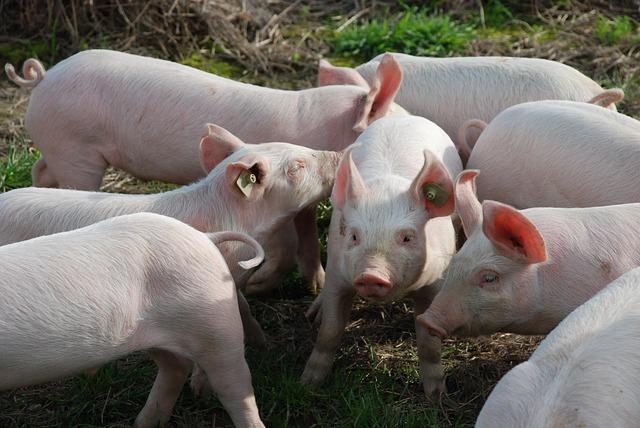Future of Danish pig production in focus

At the Danish pig industry congress in Herning, a central topic was the question of how to best overcome the challenges ahead and shape the future. In their report, chairman Erik Larsen and the head of the pig sector in the Danish Association of Agriculture and Food, Christian Fink Hansen, covered the 2075 participants from the past to the coming years. Climate protection and sustainability were highlighted as indispensable prerequisites for pig production in the future:
“When it comes to the climate footprint, we have many good options for making it almost climate-neutral. However, their implementation requires significant investments. If our members receive the appropriate guidelines and opportunities, our sector will achieve its climate protection goals,” explained Christian Fink Hansen.
Between 1990 and 2016, the climate impact of 1 kg of pork was almost halved. Greenhouse gas emissions can be further reduced through measures such as manure acidification, flaring of methane from manure tanks and boar fattening. Methane is a greenhouse gas 28 times more potent than CO2. The climate impact can be reduced accordingly through measures to reduce it. When fattening boars, the lower feed consumption ensures fewer greenhouse gas emissions.
Production on two tracks
Last year, Danish pig producers achieved high returns from piglet exports - partly helped by the good feed conversion and the rapid weight gain of the Danish piglets. Since Danish prices were low compared to other countries, more fattening pigs were exported, which resulted in the closure of a slaughterhouse at Danish Crown and short-time work at Tican.
Erik Larsen: “This is hard for those affected – also given the importance of our industry locally – and it can quickly develop into a downward spiral for pig production.”
He outlined two possible developments. On the one hand, you can only rely on the export of piglets. Or you can choose the path that has made Danish pig production strong as an integrated, high-quality supply chain.
“There have always been price fluctuations. A long-term stable strategy consists of close cooperation between piglet and slaughter pig producers throughout the entire supply chain,” added Erik Larsen.
Uniform EU rules for animal protection
Despite the many moments of uncertainty, Danish pig producers want to continue investing in greater animal welfare. More farmers than expected have applied for funding to convert stables with a view to free-roaming lactating sows. However, the prerequisite for future animal welfare investments are uniform EU area requirements according to which farmers can plan.
Erik Larsen: “As I mentioned in the last annual report, many countries are in the process of introducing national legislation in this area. This makes navigation difficult, especially when it comes to investments. That’s why the introduction of uniform EU requirements is crucial for us.”
Another animal welfare focus of the report involved a new distribution scheme that rewards farmers who choose to produce pigs with intact tails.
